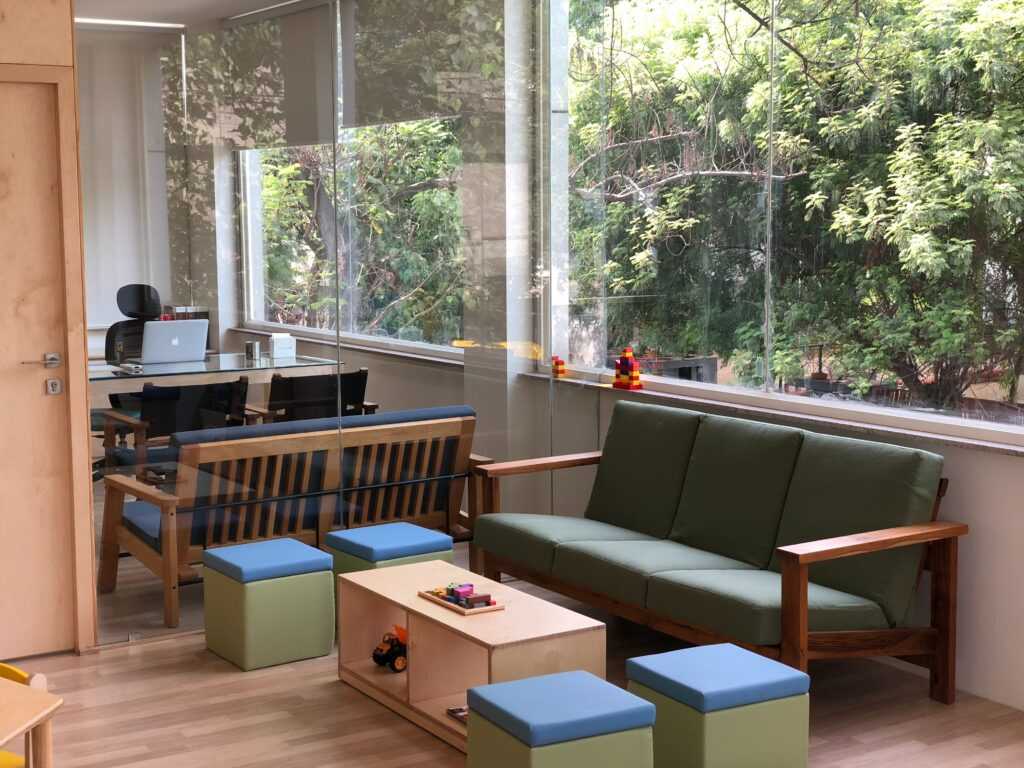As parts of the country begin re-opening this month, government and business leaders are making decisions about which buildings open when, what “check-ups” we need to do on our buildings as we ramp up our routines, what behaviors we are encouraging in occupants, and how we balance near-term and long-term implications for our personal, community, and global health. Underlying all of it is the question, how do we make sure our buildings are protecting us? The issue at hand is that the definition of a high-performance building is changing as our needs change.
The pandemic’s effect on daily life demonstrated very clearly that buildings aren’t just walls and equipment. They are where we live and work, celebrate and socialize, heal and learn. My personal reflection this month is that doing all of those things in one rickety building does NOT work for anyone in my family! So, how do we go forward? IMT staff are working with many of you on actionable steps for the short and long term to improve building performance for occupants and the world around them. We’ve each had assignments—my own is participating on an International Well Building Institute task force on respiratory infections, addressing the role of buildings in our communities and how they support community health equitably and for all.

Here are some questions that are front of mind for me when asking what we need our buildings to do to support our individual, community, and global health.
How can buildings support the health of occupants?
We continue to hear stories of people in unhealthy homes without access to clean water, elders feeling isolated, healthcare workers risking cross contamination as they leave and enter their workplace, stagnant air and lack of nature cramping the ability of children to learn. What does it look like to provide clean air in our buildings and promote connection and safety?
How can buildings provide flexibility to meet changing needs?
In the last three months, we’ve expanded the capacity of healthcare facilities or re-opened closed buildings to provide extra capacity; identified buildings that can house people who currently do not have safe, climate-appropriate shelter; re-purposed schools as hot spots for children without access to internet for distance learning or as food distribution centers for families in crisis. We are actively in the shuffle to re-design and behavior re-norm our community buildings and workplaces. What does it look like to incorporate flexibility into our spaces and how do we adapt the use of buildings as our needs change at the personal and community level? How do buildings support resilience?
How can buildings better protect the world around us?
In the near term, those of you who manage buildings are juggling best practices for ventilation, cleaning, and sustainability goals. People are speculating on the ability of this world-changing event to accelerate technology adoption in support of economic recovery and health. With all this, how do we minimize the continued environmental harm of the materials and energy that power our buildings and our activities for the long run, and develop a path to a sustainable future?
Are we taking the needed action not only to mitigate—that is, reduce our emissions—but also to adapt and thrive?
A refrain that hits me again and again is that as our climate changes, our needs will continue to change. Are we taking the needed action not only to mitigate—that is, reduce our emissions—but also to adapt and thrive? We at IMT are looking for the creativity to reimagine the future of buildings. We’re actively tracking how the top 100 real estate investment trusts are responding to the current crisis, and what leading actions can pave the way for the future.
We also are committed to continuing to produce valuable, timely resources to help us all move forward together. For example, prioritizing the health of building occupants does not have to come at the expense of sustainability. This week, we released a new checklist, Optimizing Sustainability & Wellness: A Guide for Managing Office Buildings during COVID-19, which identifies reasonable and actionable changes that can help with day-to-day operations during this time of changing occupancy. Operational changes in multi-tenant buildings may require collaboration. Together with other commercial tenants, we built a tool to get a conversation between landlords and tenants started. Tenant Engagement Recommendations for Low-Occupancy Buildings helps both parties optimize building energy usage while occupancy is low and or buildings are vacant.
We look forward to continuing to navigate the path forward alongside you—let us know if there is something we can help you with.
